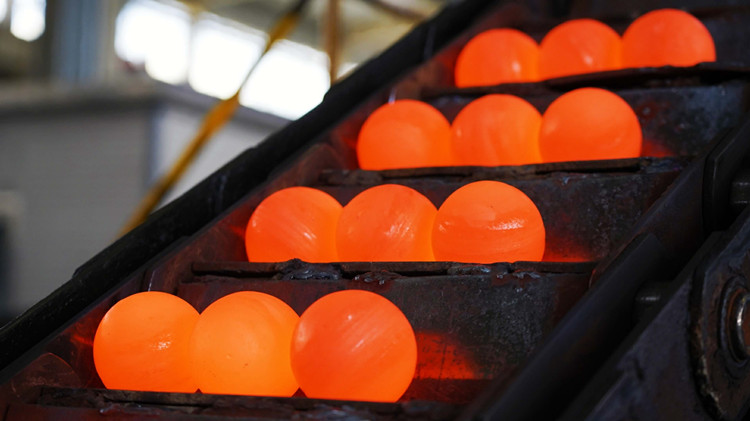- tyler@kirail.com
- +86 15603721115
Forging defects can be divided into material preparation process quality defects, forging process quality defects, heat treatment process quality defects, etc. according to the forging production process in which they are located.
1. Defects caused by raw materials of forgings.
1) Forging defects caused by raw materials: cracks, cracks, shrinkage holes, looseness, impurities, segregation, scarring, bubbles, slag inclusions, sand holes, folds, scratches, non-metallic inclusions, white spots and other defects;
2) Longitudinal or transverse cracks, interlayers and other defects caused by raw material defects during forging;
3) There are problems with the chemical composition of raw materials.

2. Forging defects caused by blanking include: rough end face, end face tilt and insufficient length, end face cracks, end face burrs and interlayers, etc.
3. Forging defects caused by heating include cracking, oxidation decarburization, overheating, overburning, uneven heating, etc.
4. Defective forgings include cracks, folds, end pits, insufficient size and shape, surface defects, etc.
5. Defects caused by cooling and heat treatment during forging include: cracks, white spots, deformation, hardness differences, coarse grains, etc.